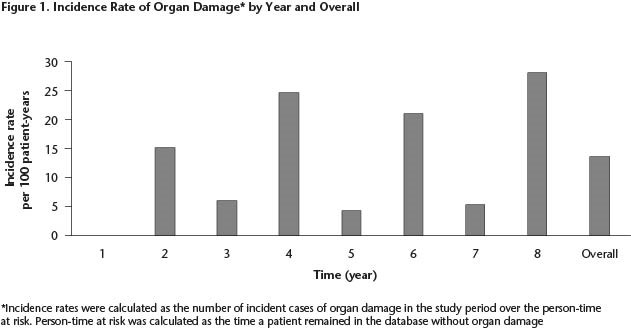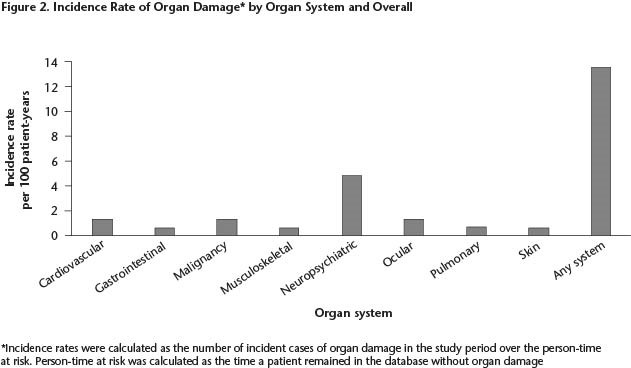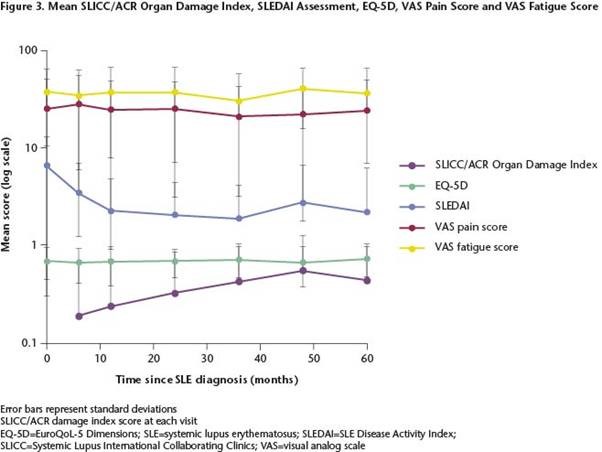Session Information
Date: Tuesday, October 23, 2018
Title: Systemic Lupus Erythematosus – Clinical Poster III: Treatment
Session Type: ACR Poster Session C
Session Time: 9:00AM-11:00AM
Conclusion: Our findings illustrate the importance of the interplay between the physician’s and pts’ perception of SLE, which may affect compliance and adherence to therapy, and play a role in achieving successful outcomes in SLE management.
References
1. Vollenhoven RF, et al. Ann Rheum Dis 2014.
2. Nived O, et al. J Rheumatol 2002.
3. Chambers SA, et al. Rheumatology (Oxford) 2009.
4. Tan EM, et al. Arthritis Rheum 1982.
5. Petri M, et al. Arthritis Rheum 2012. 


To cite this abstract in AMA style:
Heijke R, Björk M, Frodlund M, McDonald L, Alemao E, Sjöwall C. Disease Activity, Organ Damage and Patient-Reported Outcome Measures in Swedish Patients with Recent-Onset SLE [abstract]. Arthritis Rheumatol. 2018; 70 (suppl 9). https://acrabstracts.org/abstract/disease-activity-organ-damage-and-patient-reported-outcome-measures-in-swedish-patients-with-recent-onset-sle/. Accessed .« Back to 2018 ACR/ARHP Annual Meeting
ACR Meeting Abstracts - https://acrabstracts.org/abstract/disease-activity-organ-damage-and-patient-reported-outcome-measures-in-swedish-patients-with-recent-onset-sle/
